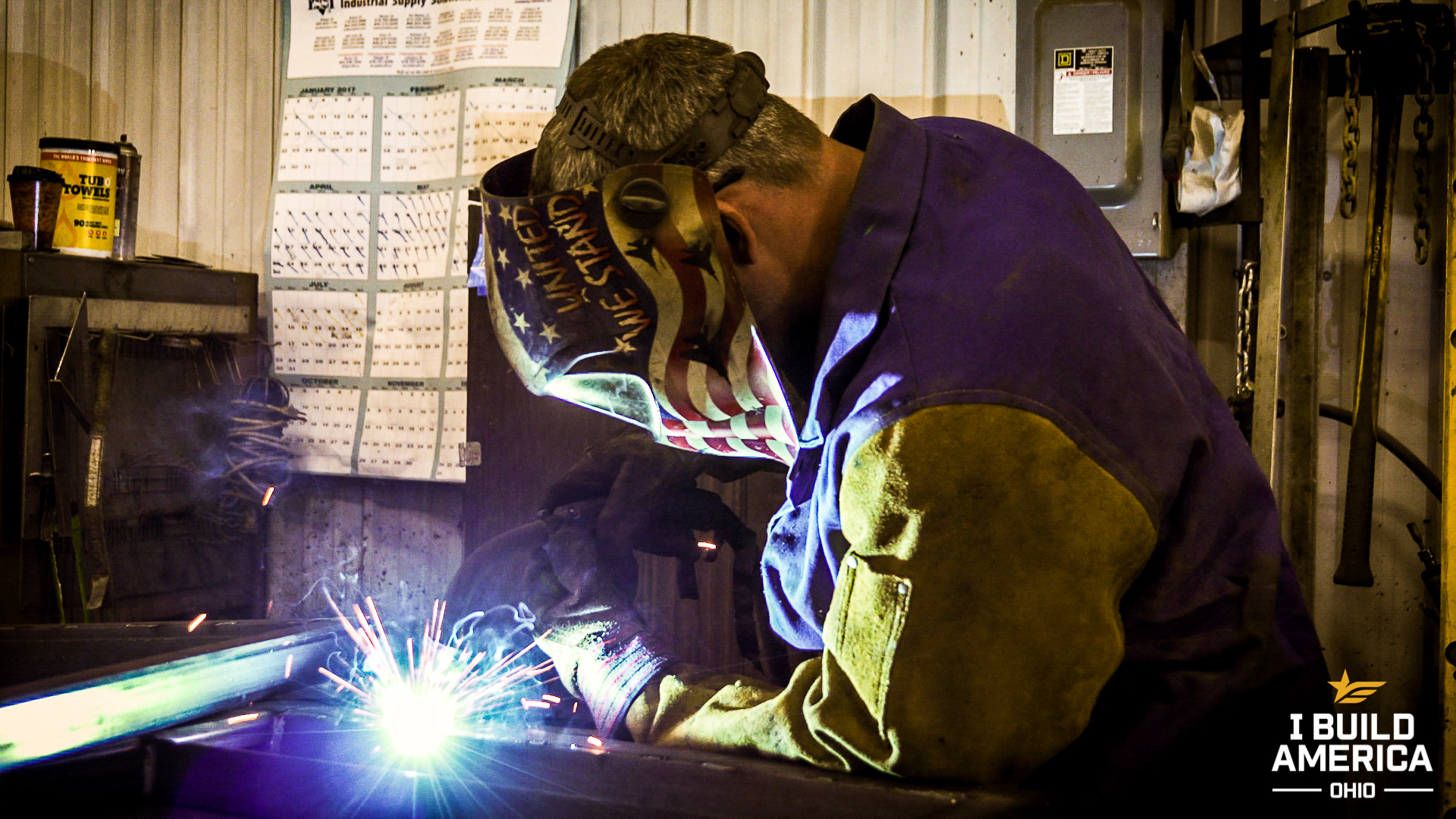
The construction industry is one of the nation’s largest employers but today we’re focusing on just one of the many skilled trades.
As the title suggests, men and women in this position work with the strong yet malleable material called sheet metal. Sheet metal is thin steel, aluminum, or other alloyed metal that is used in both manufacturing and construction. It can be manipulated in countless ways with a skilled touch:
- Ducts for heating and air conditioning systems
- Rain gutters
- Outdoor signs
- Siding.
In addition to installing sheet metal, some workers install nonmetallic materials such as fiberglass and plastic board.
Specialties include:
- Fabrication sheet metal workers, sometimes called precision sheet metal workers, make precision sheet metal parts for a variety of industries, from power generation to medical device manufacturing.
- Installation sheet metal workers install heating, ventilation, and air conditioning (HVAC) ducts as well as metal roofs, siding, and gutters.
- Maintenance sheet metal workers repair and clean ventilation systems so the systems use less energy.
- Testing and balancing sheet metal specialists ensure that HVAC systems heat and cool rooms properly by adjusting sheet metal ducts to achieve proper airflow.
As a Sheet Metal Worker, you can expect to complete the following while on the job:
- Select types of sheet metal according to plans.
- Measure and mark dimensions and reference lines on metal sheets.
- Drill holes in metal for screws, bolts, and rivets.
- Install metal sheets with supportive frameworks.
- Fabricate or alter parts at construction sites.
- Maneuver and anchor large sheet metal parts.
- Fasten seams or joints by welding, bolting, riveting, or soldering.
The day-to-day tasks are already exciting on their own, but the perks are even better. The average Sheet Metal Worker earns nearly $50,000 annually, while the highest paid have a salary more than $85,000. Employment is projected to grow 9% through 2026, which reflects an expected increase in the number of industrial, commercial, and residential structures that will be built.
The most success Sheet Metal Workers have these 5 traits:
- Computer skills. Sheet metal workers use computer-aided drafting and design (CADD) programs and building information modeling (BIM) systems as they design products and cut sheet metal.
- Dexterity. Sheet metal workers need excellent hand-eye coordination and motor control to make precise cuts and bends in metal pieces.
- Math skills. Sheet metal workers must calculate the proper sizes and angles of fabricated sheet metal, as it is important to ensure the alignment and fit of ductwork.
- Mechanical skills. Sheet metal workers use saws, lasers, shears, and presses to do their job. As a result, they should have good mechanical skills in order to operate and maintain equipment.
- Physical Stamina and Strength. Sheet metal workers in factories may spend many hours standing at their workstation and must be able to lift and move ductwork that is often heavy and cumbersome.
Do you have what it takes to be a Sheet Metal Worker? Learn more on our website.